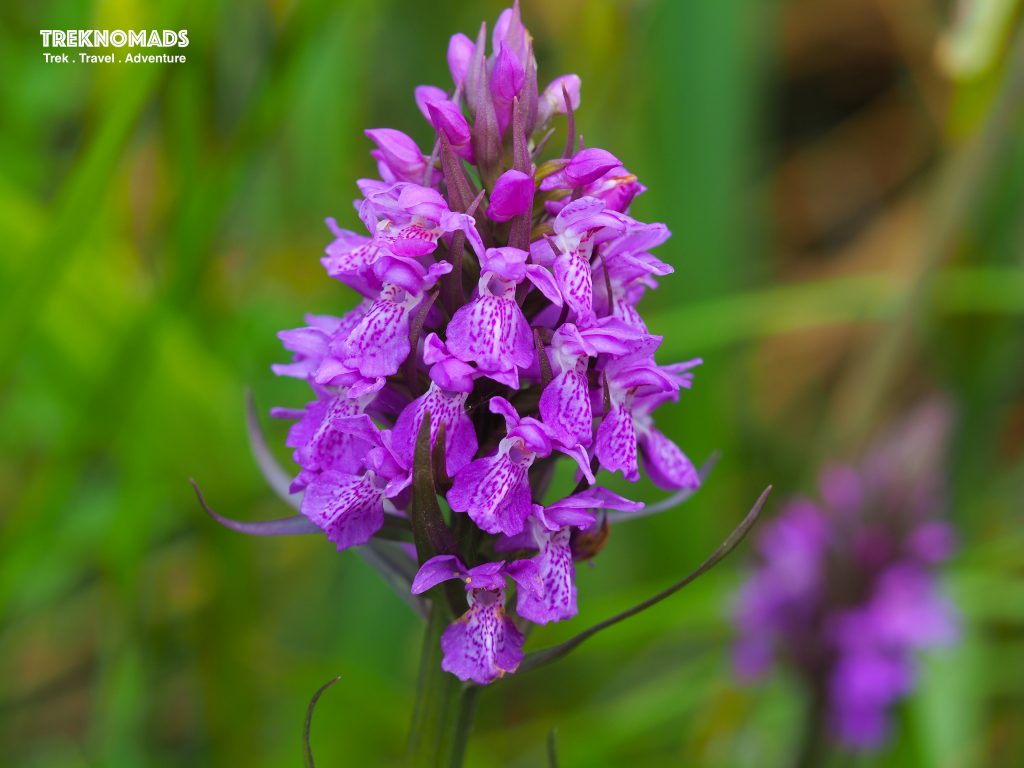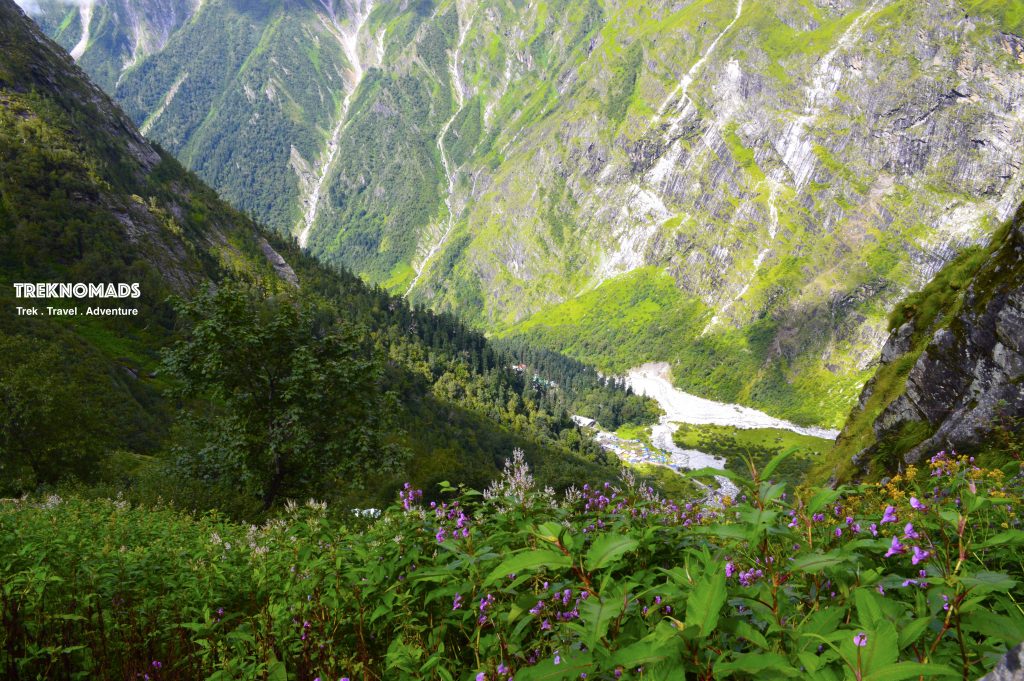One of the main attractions of the Valley of Flowers trek are the beautiful diverse flowers that bloom in the Valley between the months of June – September every year. So, if you’re heading on a trek to Valley of Flowers, this blog on flowers of Valley of Flowers trek will help you recognize some of the common flowers you come across on the trail.
Rare, Unique, and Popular Flowers of the Valley of Flowers Trek
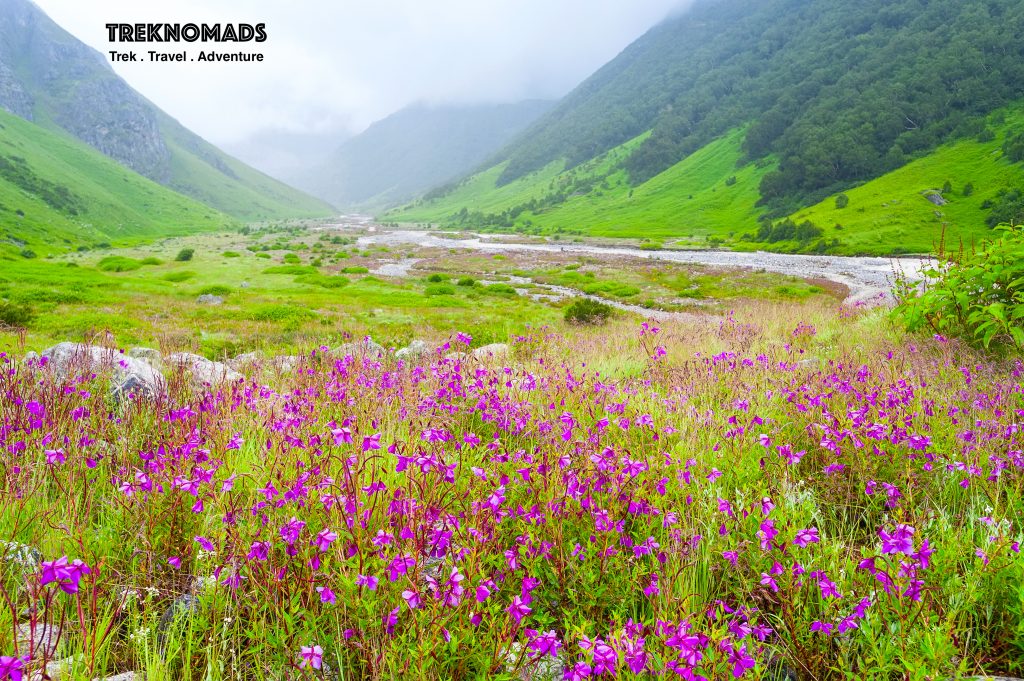
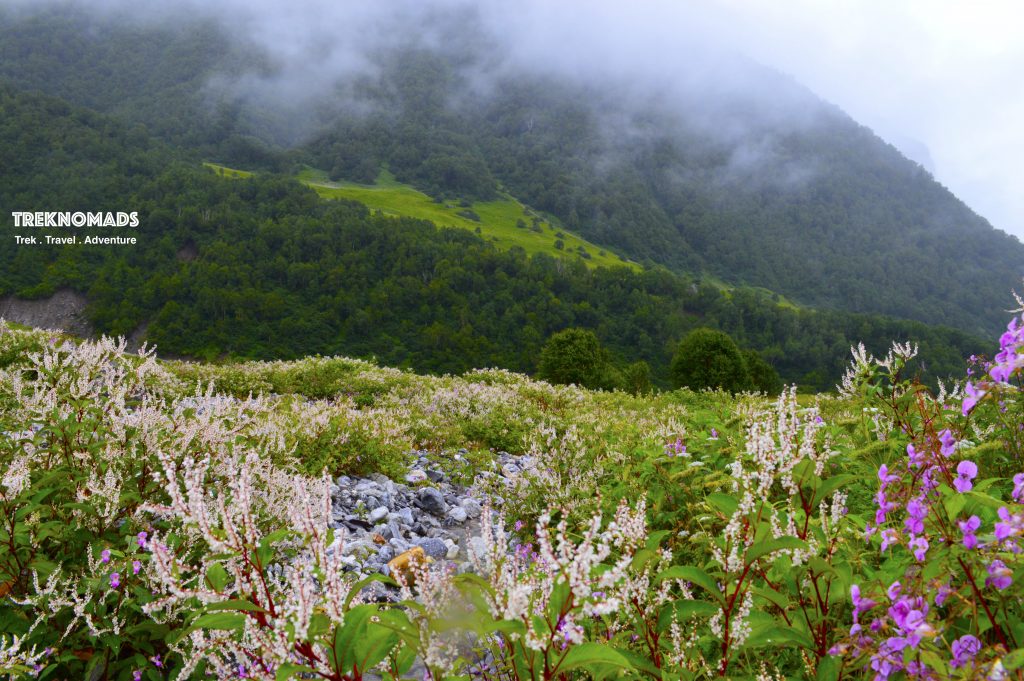

Aconitum Heterophyllum (Ativisha in Ayurveda)
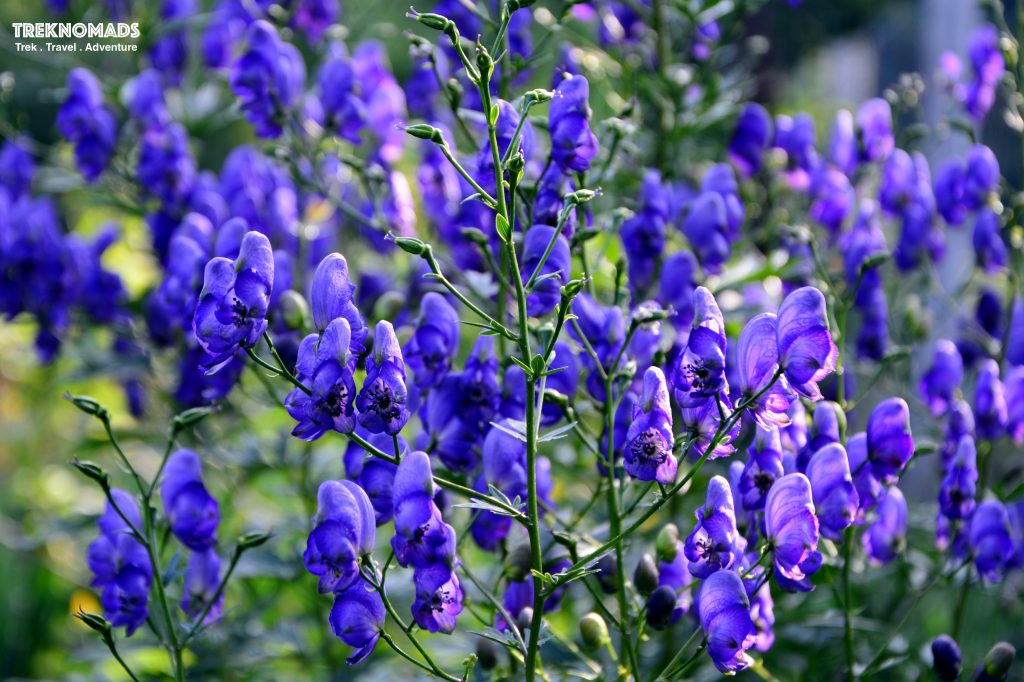
Saussurea Obvallata (Brahma Kamal)

Arisaema Consanguineum aka Snake flower (Himalayan Cobra Lily)
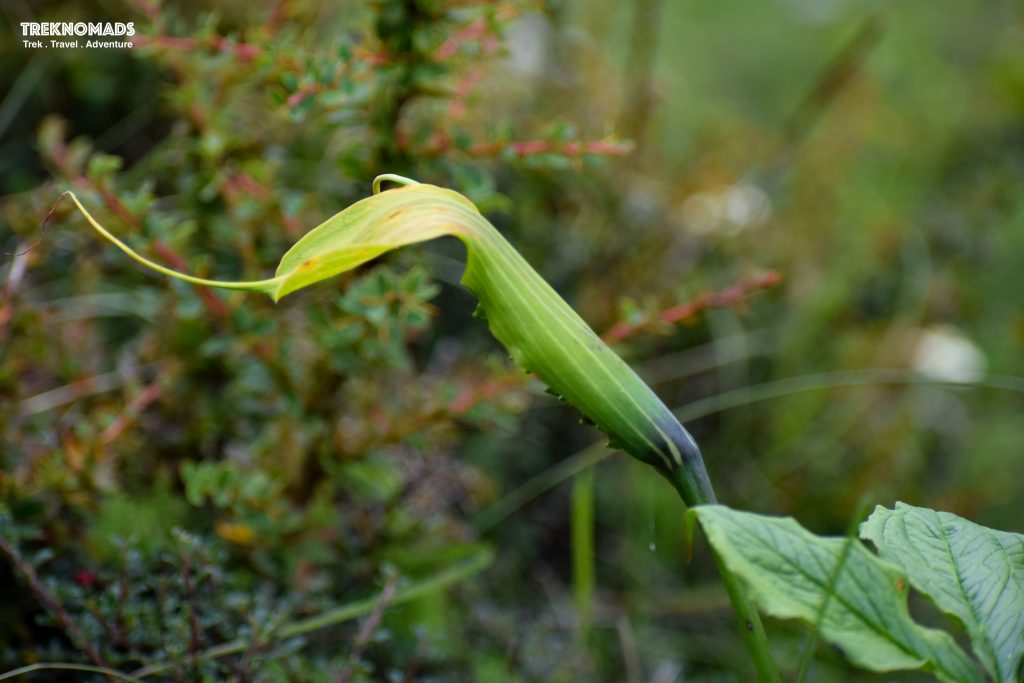

Papaver Guillemin-waldemarii aka Blue Poppy (Vanita, Kanta)
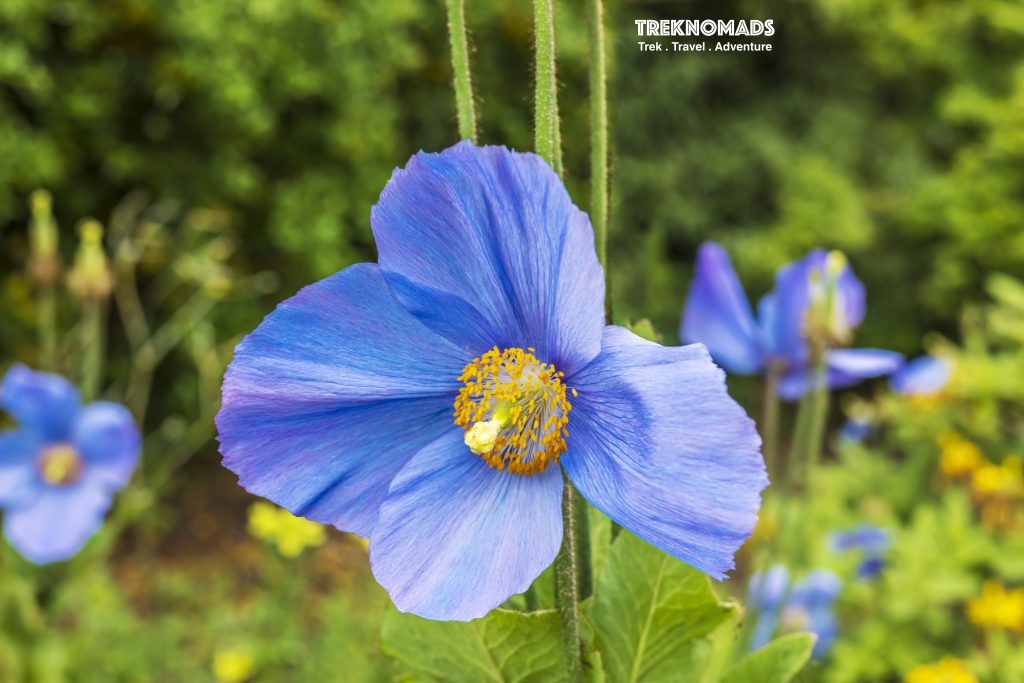
Cosmos Bipinnatus (Cosmos, Mexican aster)
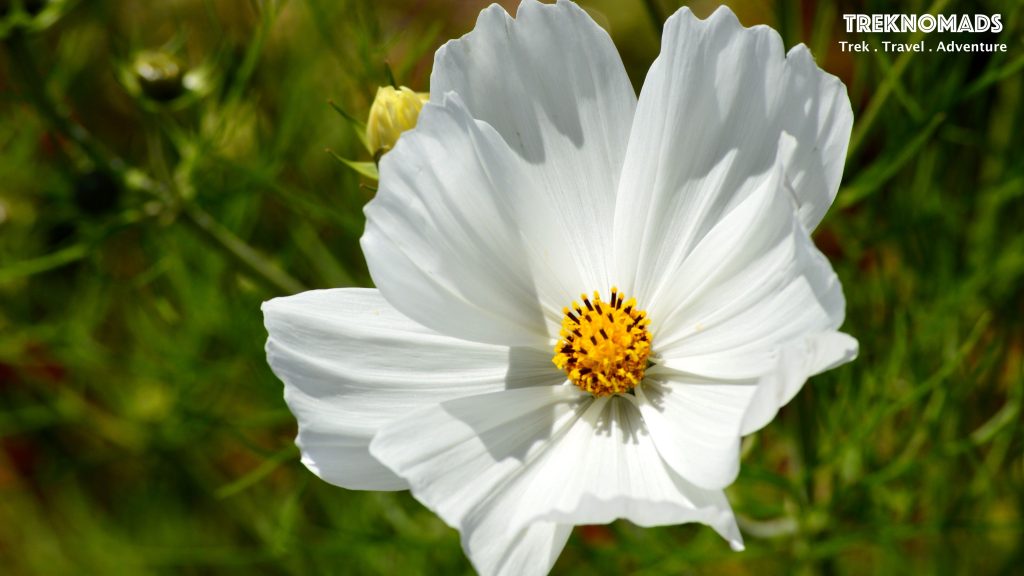

General Information: Cosmos flaunts bright colorful disks gracefully balanced on long slender stems, and lacy foliage. It is a plant that’s easy to grow and thrives even on poor soil. This tender annual has fine feathery foliage, its pinnate leaves growing to 10 in in length. Cosmos will grow 1-7 ft tall depending on variety and growing conditions. The Mexican aster, as this cosmos is also called, has showy solitary red, white, pink or purple flowers that are 2-3 in diameter and up to 4 in some selections.
Flowering time: May to June
Location in the valley: This is not from the valley of flowers. In fact, this photo is near the artificial lake at Auli, Uttarakhand. We went to Auli for an acclimatisation trek before Valley of Flowers Trek.
Himalayan Cinquefoil (Vajardanti, Nagabhya)
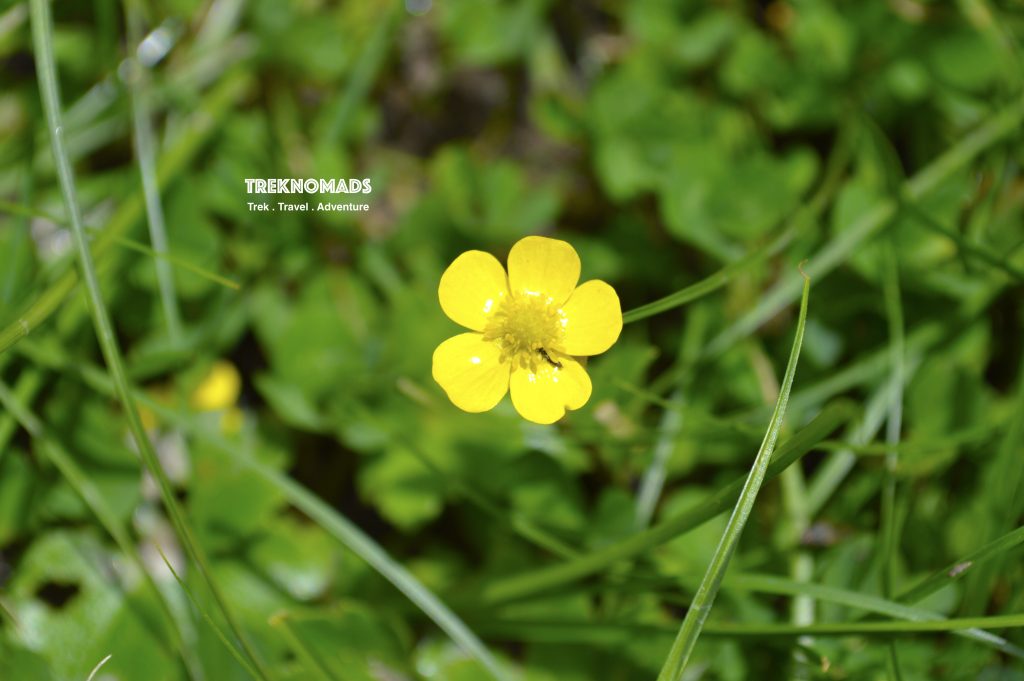
Senecio Laetus (Cheerful Senecio)
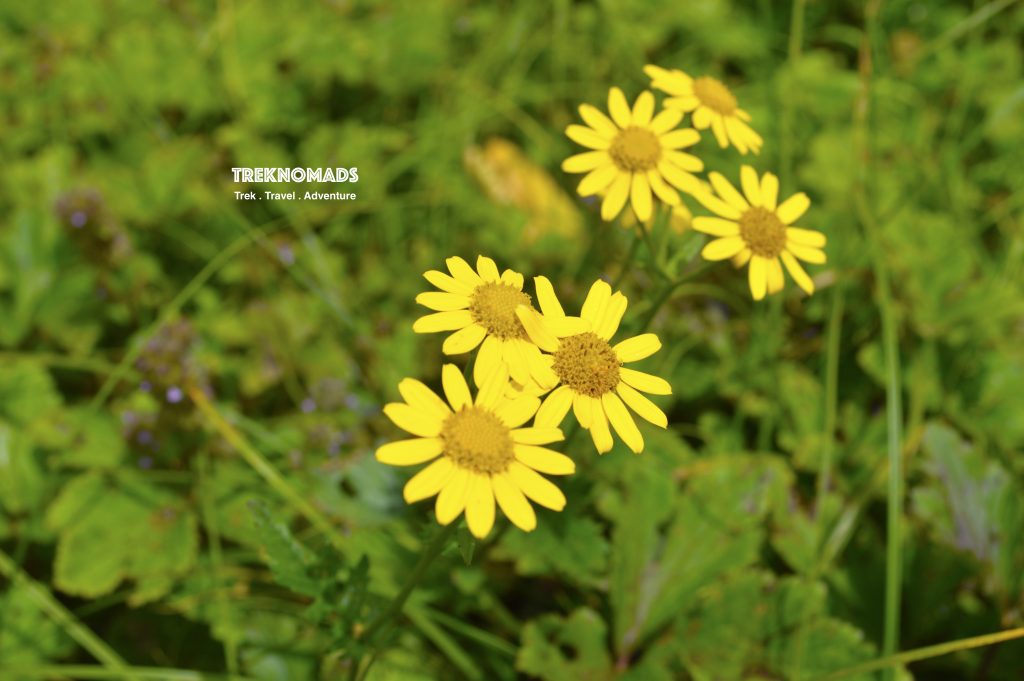
Thymus Linearis (Himalayan Thyme, Wild Thyme, Mother of Thyme, Creeping Thyme, Jungli Ajwain)

Epilobium Laxum (Evening Primrose or Willow herb family)

Parnassia Nubicola (Himalayan Bog Star)

Polygonum Amplexicaule (Red Mountain Fleeceflower)
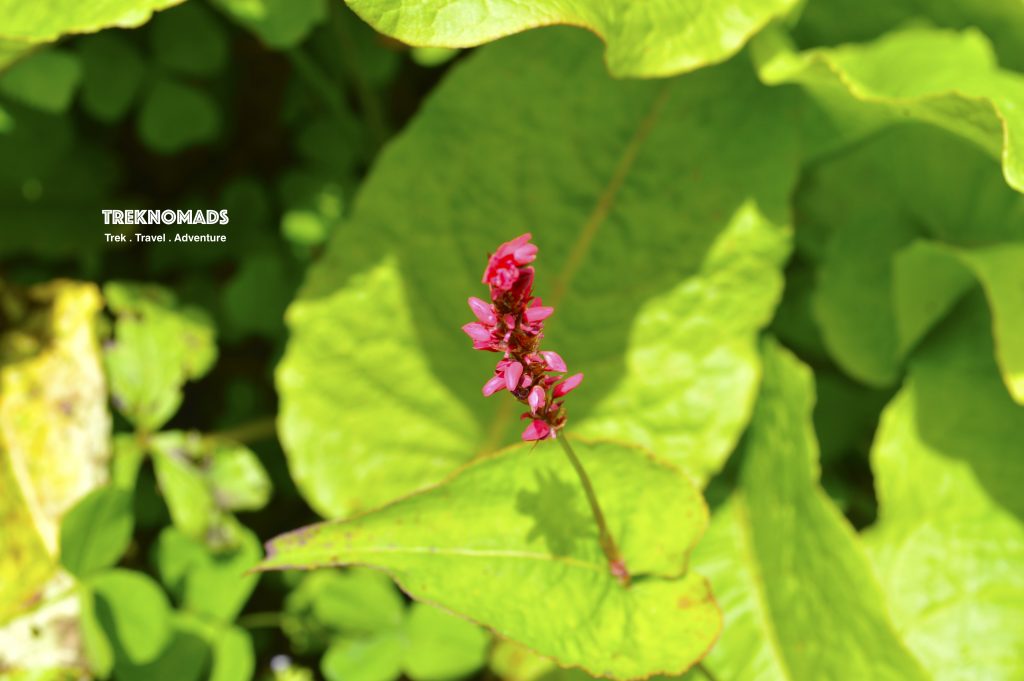
Inula Grandiflora, Showy Inula (Sunflower family)
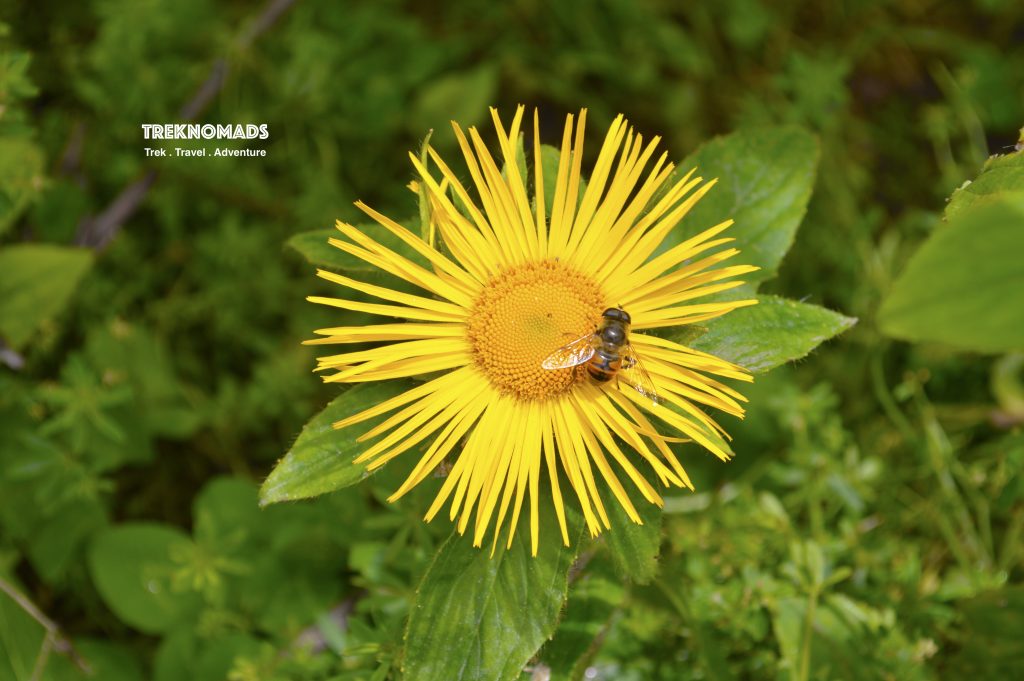
Pedicularis Hoffmeisteri (Haldya Phool)
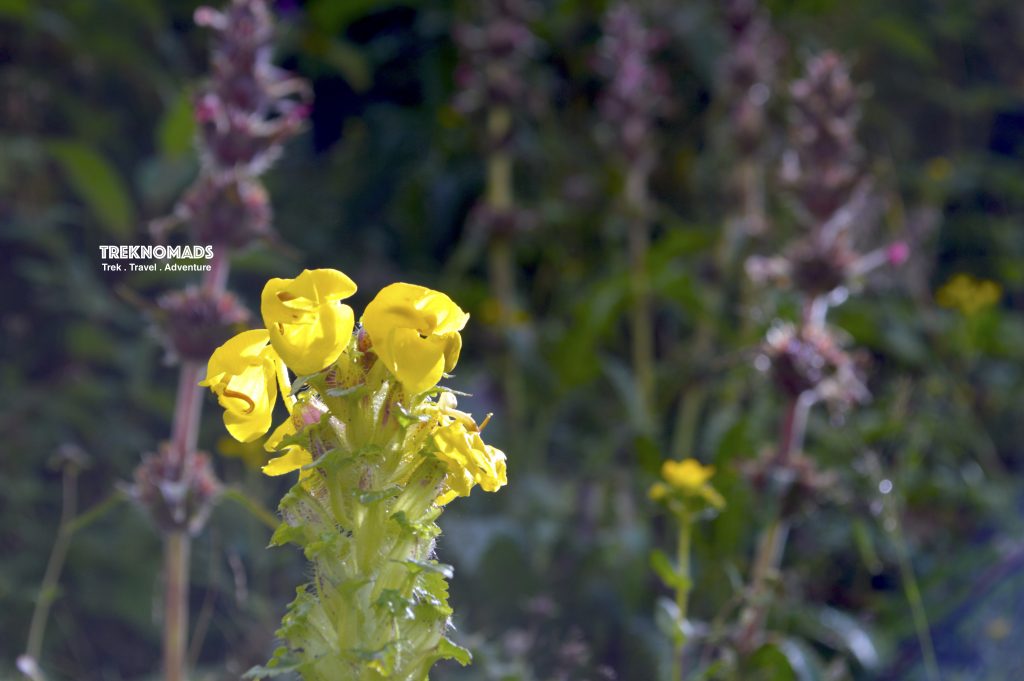
Meconopsis Aculeata (Himalayan Saxifrage)

Spiraea Canescens, Jhair-Mairala, Kathmantiyal

Polygonum Polystachyum, Himalayan Knotweed, Ama-Haldu, Durfi
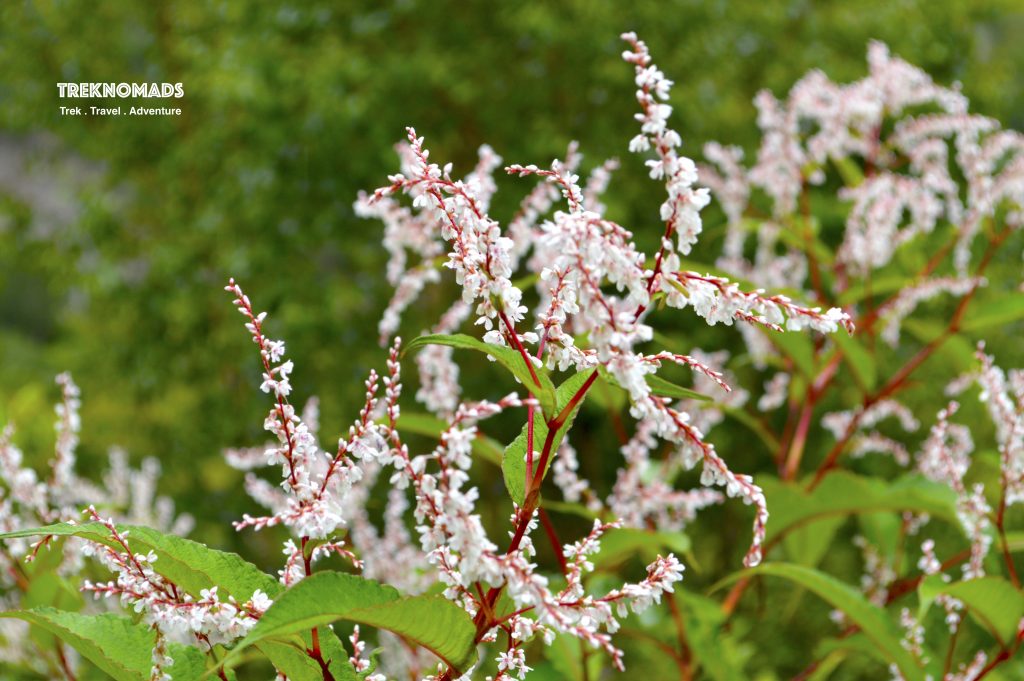
Himalayan Fleabane (Erigeron)
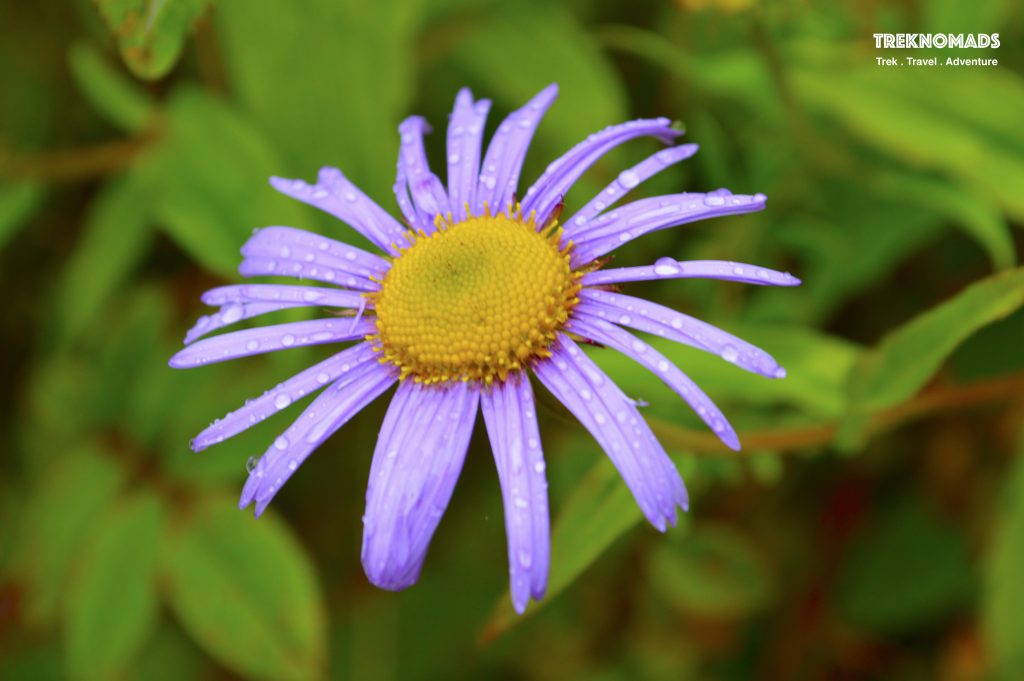
Himalayan Marsh Orchid
